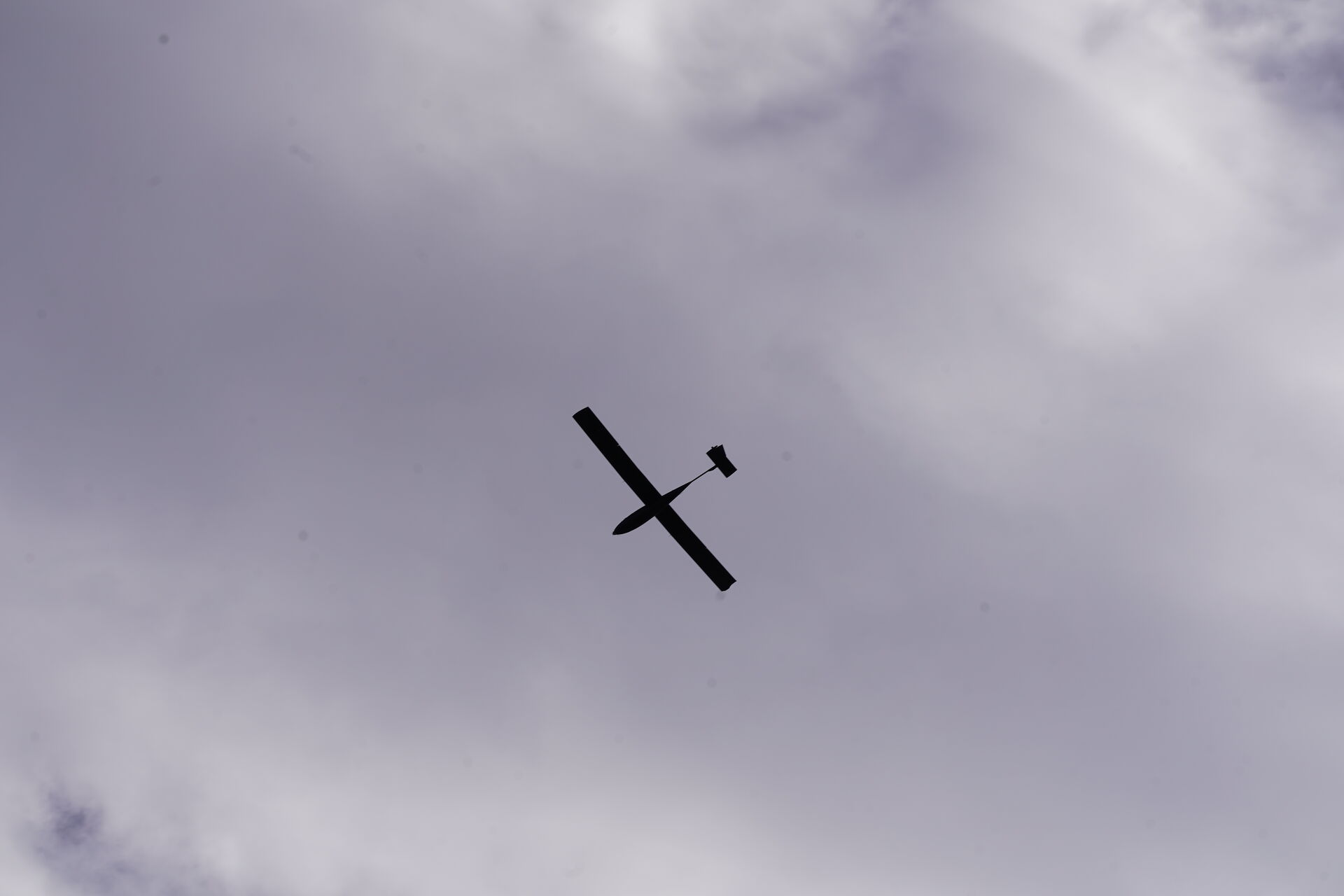Mission
Quiet flights protecting people and planet
NOCTUA's long-endurance UAVs provide critical aerial surveillance across missions where silence, endurance, and precision create outsized impact.
From anti-poaching to security and disaster response, wildfire detection, radiometry, and forest health, we design sorties with partners who need reliable eyes in the sky.
Poaching Deterrence
Silent guardians against wildlife crime

Poachers move fast and silently at night. Rangers on foot can't cover the vast perimeters they protect, and small quadcopters or traditional fixed-wing drones fly short, noisy sorties that risk alerting intruders. Manned aircraft add reach, but are loud and costly.
NOCTUA delivers covert patrols for up to 10 hours, an entire night, blending into the soundscape while streaming detections to teams on the ground. Quiet enough for wildlife areas and priced well below manned options.
How NOCTUA helps
- Silent fixed-wing flight avoids alerting poachers or disturbing wildlife
- Multi-hour endurance outlasts quadcopters and typical small fixed-wing drones
- Day and night monitoring using thermal and visual cameras
- Lower cost and quieter than manned aircraft for routine patrols
Forest Health
Listening to the canopy in high fidelity
Forest vitality shifts slowly until it doesn't. Long dwell times let us observe moisture stress, pest signals, and canopy change before they become crises.
In collaboration with ETH Zurich researchers, we combine multispectral sensing with repeatable flight paths to build high-quality time series over sensitive habitats.
How NOCTUA helps
- Stable flight profiles for consistent canopy and soil measurements
- Repeat missions that build seasonal baselines for ecosystem health
- Custom payloads for multispectral, hyperspectral, or LiDAR campaigns
- Data handoff that fits scientific workflows for downstream analysis

Radiometry
Radiation mapping without the noise

Aeroradiometry reads ground-level radioactivity from the air. Traditional campaigns rely on large helicopters, effective but loud and costly.
NOCTUA focuses on being quieter and more affordable than helicopter deployments, while offering far greater range and endurance than short-hop multicopters. We are advancing this work with the Paul Scherrer Institut (PSI).
How NOCTUA helps
- Lower-cost, lower-noise alternative to helicopter campaigns
- Far greater range/endurance than short-hop multicopters
- Stable flight platform for precise radiometric readings
- Safe operation over contaminated or hazardous areas without crew risk
- Quiet operations that reduce disturbance during surveys
Military Surveillance
Intelligence without compromise
Military surveillance on tactical fronts is often covered by loud, expensive helicopters or short-hop multicopters with limited reach. For the Swiss Armed Forces guarding stations, critical infrastructure, and border corridors, quieter and lower-cost eyes in the sky are essential.
NOCTUA offers a silent fixed-wing platform that is cheaper and quieter than helicopters, yet flies farther and longer than small multicopters. A modular bay supports EO/IR, signals, and comms relay tailored to Swiss military tactical needs.
Mission highlights
- Quiet propulsion for discreet, low-notice surveillance
- Modular payload bay supporting EO/IR, SIGINT, and comms relay
- Data products tailored for tactical decision-making
- Lower cost than helicopter sorties; more reach than small multicopters

Wildfire Intelligence
Staying ahead of forest fires

Early heat detection and perimeter tracking save lives and habitats. NOCTUA can patrol ignition-prone corridors quietly, then stay aloft to map spread and support evacuations.
Live overlays give incident commanders the direction, speed, and hotspots they need to deploy resources with confidence.
How NOCTUA helps
- Thermal sweeps that spot smolder before smoke rises
- Real-time perimeter tracking to guide ground crews
- Safe evacuation route validation from above
- Post-burn mapping for recovery and prevention planning
What else?
Bring us your toughest use case
We co-design missions with the people closest to the challenge. If you are facing a monitoring gap in conservation, security, industry, or any other field, and you need silent operations with up to 10 hours of flight time, we want to hear it.
Tell us about your environment, constraints, and the decisions you need to make. We'll prototype a sortie profile and payload stack that fits.
Talk to us